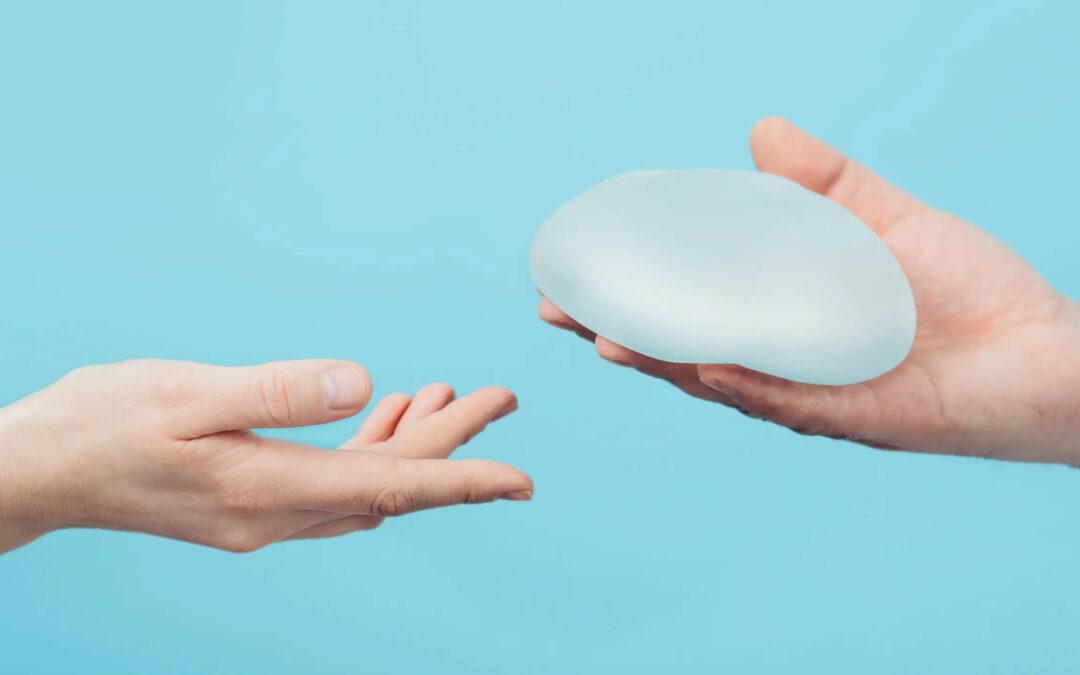Breast Implant Illness (BII) is a term used to attribute multiple symptoms and breast implants. Breast Implant Illness is not breast cancer or Breast Implant Associated Anaplastic Large Cell Lymphoma (BIA-ALCL). It is important to understand, there is no test or imaging that can confirm breast implant illness. Plastic surgeons don’t know what the pathophysiological mechanism might be behind BII, and we can only assume it is some form of immunological reaction to silicone, but we really do not know.
Breast implant illness (BII) after aesthetic breast augmentation still remains a poorly defined syndrome encompassing a wide spectrum of unexplained symptoms. While some published series have observed overall symptomatic improvement after breast implant removal, there have not been any concrete or evidence-based studies or peer-reviewed data concerning the formation of a new syndrome: “silicone implant illness.” It may well be that there is most likely a group of women who are sensitive to implants and when the implants are removed their symptoms disappear or resolve permanently.
Ultimately, the decision to obtain, keep, or remove breast implants is the choice of the patient. Patients have the right to have the breast implants removed. If a patient chooses to have her breast implants removed, it is important to find a specialist plastic surgeon with expertise in breast surgery.
The spectrum of issues associated with breast implants include systemic symptoms such as fatigue, autoimmune disease, connective tissue disorder, rheumatoid arthritis, infections, persistent infections, night sweats, slow healing, bruising, allergies, brain fog, memory loss, aching joints, migraines, muscle/joint pain, numbness, fibromyalgia, burning pain, discoloration of hands/feet, liver/kidney/organ problems, weight loss/gain, sudden dehydration, leaky gut, inflammatory bowel disease, stillbirth, metallic tastes, choking, difficulty swallowing, hair loss, dry skin, rashes, depression, anxiety, panic attacks, heart palpitations. It is a very long list.
Patients who feel they have BII need to be taken seriously. Humans form scar tissue around any foreign object that penetrates our bodies. This is a basic protective mechanism, and a breast implant is no exception. The scar the body makes around a breast implant is called a “capsule.”
Research is ongoing to define the best treatment, but some early data suggests that there is no difference in outcome between patients having no capsulectomy, total capsulectomy, or en-bloc capsulectomy.
Plastic surgeons cannot promise that surgery will cure BII. We do not know if symptoms of BII will improve with breast implant removed alone vs. implant removal and some form of capsulectomy.
If a patient chooses to have implants removed, she should consider having the capsule removed (en block capsulectomy), unless the posterior capsule is adherent to the chest wall, which may increase the risk of pneumothorax. No surgeon should ever guarantee the en bloc explantation unless there are concerns about breast cancer or BIA-ALCL. When the implant has been placed underneath the pectoralis muscle, en bloc explantation risks a pneumothorax (a life threatening injury to the lung), death, bleeding and severe postoperative pain potentially leading to pneumonia and chronic disability.
Most patients are so unhappy that they are willing to undergo implant/capsule removal to see if it helps, but the truth is that some patients may see no benefit from surgery.
We do know, social media has amplified the concept that en-bloc or total capsulectomy is a necessary part of treatment. However, we truly do not know what the best approach is.
Dr Katarzyna Mackenzie, MD, PhD, FRACS (Plast)
Plastic and hand surgeon

Recent Comments